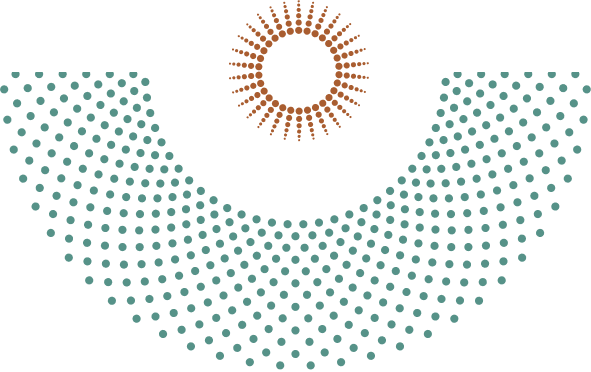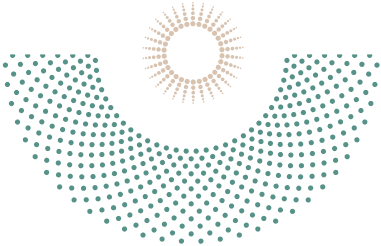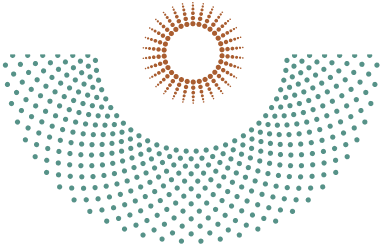~90 Moz AuEq

Arabian-Nubian Shield
(Immature)
~300 Moz Au

Abitibi
(Mature, Canada)
~400 Moz Au

Yilgarn
(Mature, Australia)
Since Professor David Groves, an advisor to Almasar, first classified orogenic gold deposits (OGDs) in 1998, they have come to represent most of the world’s gold endowment, with major production in Australia, Canada, and West Africa.
The East-African Nubian Shield has shown significant OGD potential. Egypt has the Sukari deposit with 17 Moz. Sudan is estimated to have produced 3.5 Moz in 2017 alone, mostly from informal mining. Estimates suggest >100 Moz of ancient output from the Nubian Shield.
While gold mining in the Kingdom has only become a focus in recent years, world-class deposits like the 7 Moz Mansourah Mansarah are already expanding toward production of 500koz pa.
Current OGD discoveries in the Arabian shield
-7 Moz

Mansourrah Mansarah
-3 Moz

Bulgah
-4 Moz

Ar Rujum
-2 Moz

Shabah
Almasar has applications over 352km2 across three projects primarily prospective for orogenic gold deposits.
The Nubian Shield hosts over 50 known VMS deposits, formed by the magmatism and volcanism related to the assembly of the Gondwana supercontinent. Particularly striking is the high gold content of those deposits.
The Hadal Awatib VMS in Sudan (2.5Moz AUEq) is not only >50% gold, but its giant sulphide lens continues for more than 3km, making it the most extensive VMS globally after Kidd Creek (Ontario) and Neves Corvo (Portugal).
Similar geology exists in the Arabian Shield, yet VMS exploration in Saudi Arabia remains early stage, despite the world-class precedent of Jabal Sayid.
Current VMS discoveries in AN
~13 Moz AuEq

Hassai @3.3g/t (Sudan)
~9 Moz AuEq

Bisha @4.1g/t (Sudan)
~5 Moz AuEq

Jabal Sayid @4.9g/t (Saudi Arabia)
Almasar has applications over 494km2 across two projects primarily prospective for VMS deposits.
Porphyry copper deposits (PCDs) and related magmatic-hydrothermal systems (skarn, manto, epithermal) typically occur in young continental arcs such as the Andes and SW Pacific.
In the Arabian-Nubian Shield, however, multiple porphyry systems have been identified, comparable to older belts like Australia’s Macquarie Arc (~450–500 Ma), host to the world-class Cadia deposit (>30 Moz Au, >5 Mt Cu).
The standout ANS discovery is Sudan’s 730Ma Jebel Ohier deposit (1.1 Mt Cu metal @ 0.4% CuEq). Multiple porphyries have been identified in Saudi Arabia, alongside potential skarn and IOCG Cu-Au systems, but remain at pre-resource stage.
Almasar has applications over 562km2 across three projects primarily prospective for porphyry deposits.